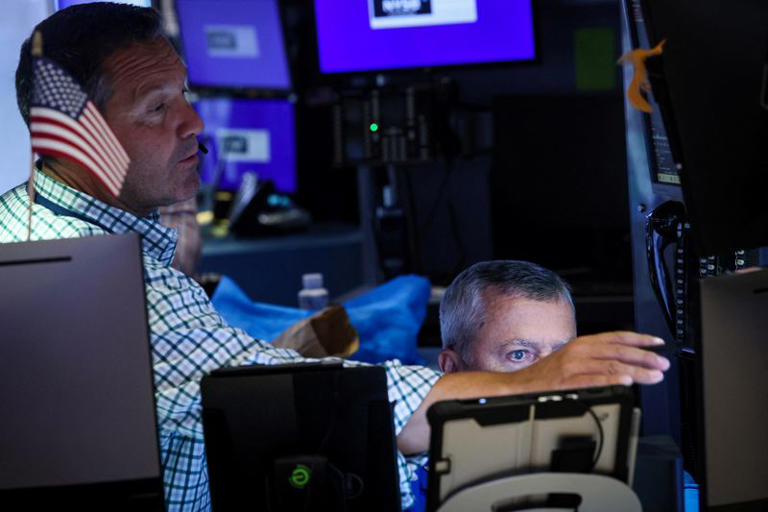On Tuesday, the S&P 500 and Nasdaq Composite celebrated another day of historic highs, driven predominantly by the robust performance of technology stocks, notably Nvidia. The chipmaker’s shares surged 2.5%, counteracting losses seen in other sectors within the semiconductor industry. Meanwhile, Microsoft experienced a slight decline of 1.4%, contrasting with Tesla’s notable 3.7% gain, which has contributed to its impressive 5% rise year-to-date in 2024.
This trading session marked the sixth consecutive record close for the Nasdaq and the fifth for the S&P 500, underscoring the sustained optimism among investors despite lingering uncertainties surrounding the Federal Reserve’s monetary policy direction. Federal Reserve Chair Jerome Powell’s remarks during his congressional testimony played a pivotal role in shaping market sentiment. Powell acknowledged that while inflation remains above the Fed’s target of 2%, recent economic indicators suggest improvement, potentially bolstering the case for future interest rate cuts. However, Powell refrained from providing specific timelines or signaling imminent actions, leaving room for continued speculation and interpretation among market participants.
The market response was reflective of heightened expectations for monetary easing, with traders now pricing in a 72% probability of a 25 basis points rate cut by the Fed’s September meeting. This represents a significant increase from less than 50% just a month ago, highlighting the evolving sentiment towards monetary policy and its potential impact on economic growth prospects. Bill Northey, senior investment director at U.S. Bank Wealth Management, emphasized the resilience of the U.S. economy throughout 2024, suggesting a scenario of moderate growth persisting through the remainder of this year and into the next.
Investors are closely monitoring upcoming economic data releases, particularly the consumer price index and producer price index reports scheduled later in the week. These indicators are critical as they provide insights into inflationary pressures and overall economic health, influencing further market movements and policy considerations. Against this backdrop, financial stocks such as JPMorgan, Wells Fargo, and Citigroup saw gains ahead of their upcoming quarterly earnings reports, which mark the beginning of the second-quarter earnings season. Analysts anticipate a solid 10.1% increase in aggregate earnings per share for S&P 500 companies compared to an 8.2% rise in the previous quarter, based on LSEG I/B/E/S data.
Despite the S&P 500’s modest 0.07% uptick to close at 5,576.98 points, market internals revealed a nuanced picture with more declining stocks than advancers, underscoring underlying caution and selective investor positioning. The Nasdaq edged slightly higher by 0.14% to settle at 18,429.29 points, while the Dow Jones Industrial Average experienced a minor decline of 0.13% to 39,291.97 points, illustrating mixed sentiment across major indices.
In individual stock movements, Tempus AI registered a 4% gain following favorable initiations from prominent brokerages like JPMorgan and Morgan Stanley. Despite trading slightly below its initial public offering price set in June, the company’s positive reception among analysts and investors highlighted ongoing interest in emerging technologies and AI-driven sectors.
Market activity on U.S. exchanges remained subdued relative to recent trends, with a total of 9.6 billion shares traded compared to the 20-day average of 11.6 billion shares. This subdued volume suggested cautious engagement amid the complex interplay of economic data, corporate earnings expectations, and monetary policy dynamics.
Overall, investors had to perform a careful balancing act on Tuesday’s market performance, navigating between optimism spurred by possible Fed actions, strong corporate earnings forecasts, and persistent economic uncertainties. The trading activity of the day demonstrated how market participants continue to be flexible and strategically positioned in response to a changing and dynamic financial environment.
